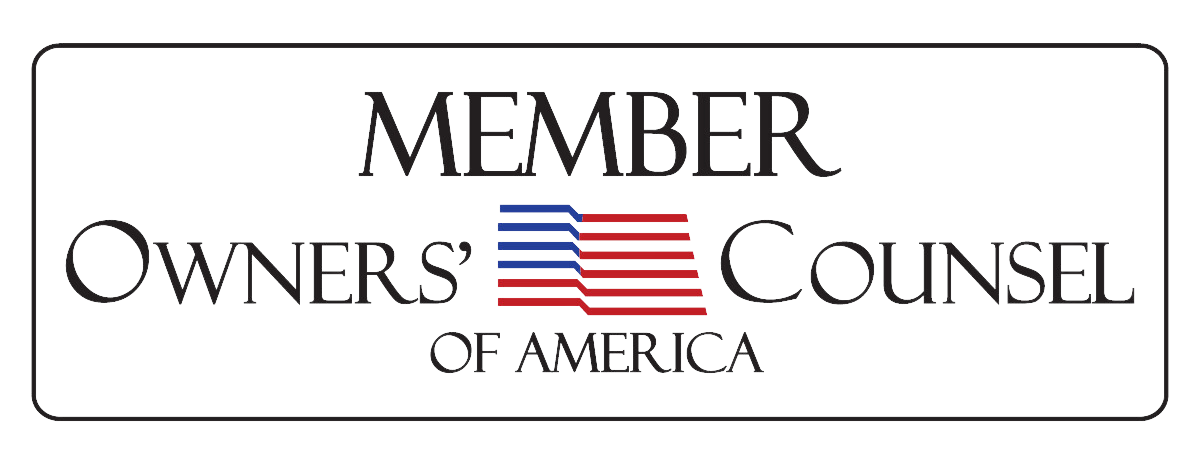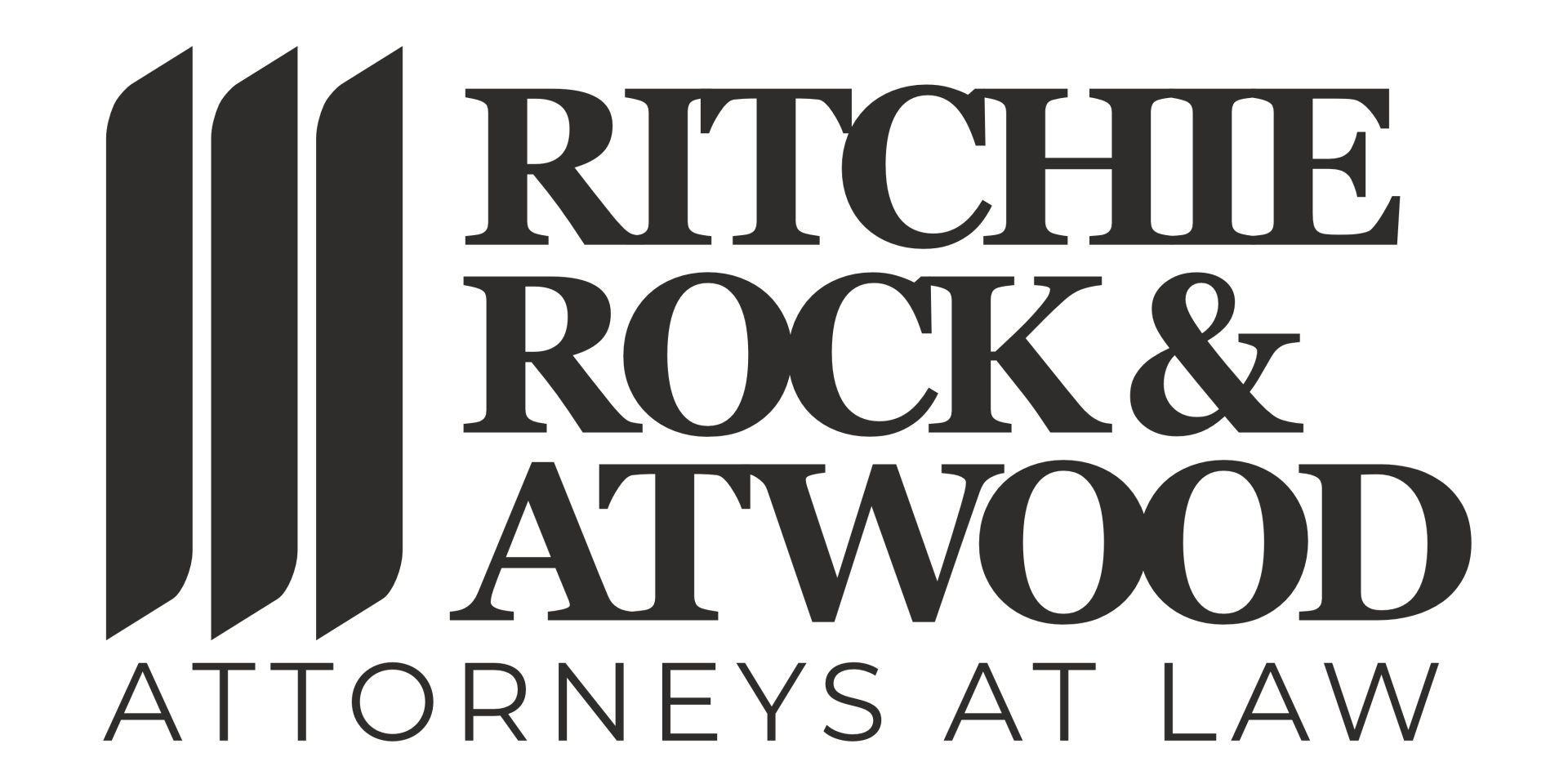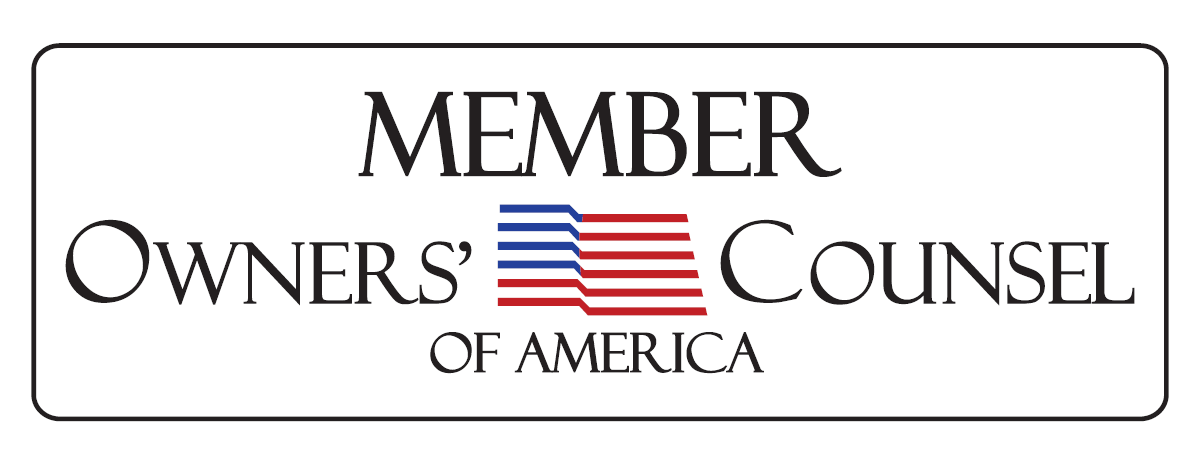Eminent Domain – Condemnation Law
The Basic Principles of Eminent Domain
Private property rights are fundamental principles to our governmental structure of government of the people by the people and for the people. When the Framers of the United States Constitution put ink to paper private property rights were one of their paramount concerns.
Eminent domain, also known as condemnation, refers to the government’s inherent power to take private property for a public purpose. It is a daunting power to be able to take a person’s private property against their will. It must be kept in check by the people. Abuses of this power by the government and private companies to whom the power has been given by the government drastically affect the lives of the people involved.
This power to take private property for a public purpose has inherent checks and balances built-in by the federal and state constitutions and the federal and state laws designed under those constitutional frameworks.
What Are Authorized “Takings”
The ability of a government or company to
take private property is limited by the “public purpose” concept built into our constitutions. The legislatures are charged with structuring laws that are in harmony with our constitutional provisions to protect private property from being taken for purposes that are beyond the “public purpose” limitation. Legal challenges to the “Taking” are oftentimes complicated matters which may involve a challenge to an entire project or an entire taking of a particular piece of property based on this concept. In other cases, it may be a challenge to the extent of the amount of property being taken as exceeding the scope of what is “necessary” to the public purpose of the project.
What Compensation Issues Are There?
In order for the government to take private property, they must pay the landowner “Just Compensation” for the land taken plus any damages to the remaining property and in many cases compensation for “Relocation” issues. The objective of the law is to “make the landowner whole” for what he or she has lost.
Various states have various requirements for “Just Compensation”. Our firm represents landowners in condemnation cases at the Federal Level and State Level in such cases. Our firm is based in Oklahoma and as such the principles addressed here are those which apply primarily in Oklahoma. However, the basic principles are the same in most jurisdictions.
Key concepts related to compensation issues include: “Highest and Best Use”, “Cost to Cure” and “Relocation Damages”. Other frequent factors related to the assessment of damages include: noise, view, vibration, severance, changes, and limitations on access, drainage, size reduction, use restriction, and temporary losses – these are just some of the common damages that occur to a remainder property.
What Is “Highest and Best Use”
The law requires that the land be valued at its “Highest and Best Use Value” regardless of what it may be used for currently. A prime example of this concept is vacant land that may currently be used for agricultural property, but it is well suited for residential subdivision development. As such, it should be valued at its highest and best use of development land.
What Is “Relocation Compensation”
Sometimes a condemner’s taking includes a home, business building, or farming operation. When this type of taking occurs it requires the relocation of the family or business or farming operation. In the instance of business and farming operations relocation to a new site may involve refitting and retrofitting of equipment at a new location. In such instances, this entitles a landowner to receive relocation compensation. In such a scenario it is imperative to have representation that fully understands the Federal Land Acquisition and Relocation Act and Oklahoma’s Relocation Act. At Ritchie Rock & Atwood we fully comprehend these acts and have a successful track record to ensure that when a condemnor take your home, business or other improvements, you receive all the benefits and compensation you are entitled to under the law.
What Is “Cost to Cure”
In many instances involving a “Partial Taking” situations arise in which the landowner must make modifications and improvements to the remaining property that was not taking in order to restore the useful and profitable functions of the property. An example of this might be the loss of parking lot to a commercial operation. The parking facilities must somehow be cured and restored in order to restore the remaining property to its useful and functional status. This is a “Cost to Cure” damage that must be addressed in the case.
Overview of Our Firm’s Experience in Eminent Domain
Whether it’s residential, agricultural or commercial property, Ritchie Rock & Atwood can help you navigate the eminent domain process while defending your rights as a landowner and assuring you receive the best outcome. We work hand-in-hand with our clients, appraisers, engineers, commercial development professionals, relocation professionals, and other property experts to determine the value of the property taken, as well any other damages you may be entitled to recover.
K. Ellis Ritchie and Nicholas Atwood handle all of our clients’ eminent domain matters. Mr. Ritchie initially started his eminent domain practice representing the Oklahoma Turnpike Authority and the Grand River Dam Authority in the 1980s. Mr. Atwood started his eminent domain practice working on behalf of the Oklahoma Department of Transportation. Together they have tried over 90 jury trials and have represented hundreds of clients in negotiations, trials, and appeals. Their representation in condemnation cases has resulted in 18 published appellate opinions to date.
Mr. Ritchie and Mr. Atwood represent clients across the State of Oklahoma against condemning entitles such as the Oklahoma Department of Transportation, Oklahoma Turnpike Authority, power line companies, pipeline companies, cities, and municipalities.
If you have been contacted by a condemning entity wanting to acquire some of your private property for its public project contact our office to schedule a free consultation to understand your constitutional rights and so we can answer all of your questions and concerns about the eminent domain process.
SHARE THIS INFORMATION
Firm’s Primary Geographical Practice Region For Eminent Domain Law / Condemnation Law
The Firm’s practice of Eminent Domain Law, which is also called Condemnation Law, is statewide in Oklahoma. K. Ellis Ritchie is a member of the Owners' Counsel of America (OCA), a national organization of eminent domain attorneys. OCA's membership is limited to just one member per state, and the organization prides itself on representing private property owners against "all types of property takings and powerful condemning authorities." As the only representative from Oklahoma, K. Ellis Ritchie is highly experienced in representing private property owners in eminent domain cases.
- Oklahoma City, Oklahoma
- Tulsa, Oklahoma
- Pryor, Oklahoma
- Claremore, Oklahoma
- Jay, Oklahoma
- Shawnee, Oklahoma
- Oklahoma County, Oklahoma
- Tulsa County, Oklahoma
- Rogers County, Oklahoma
- Wagoner County, Oklahoma
- Mayes County, Oklahoma
- Delaware County, Oklahoma
- Pottawatomie County, Oklahoma






